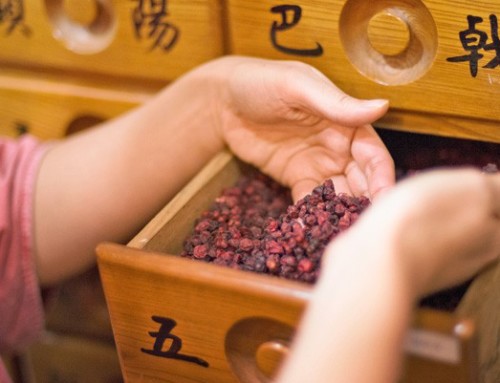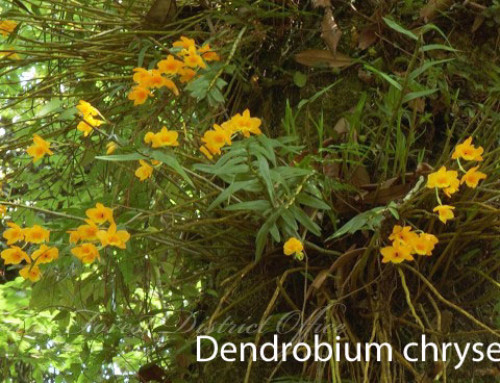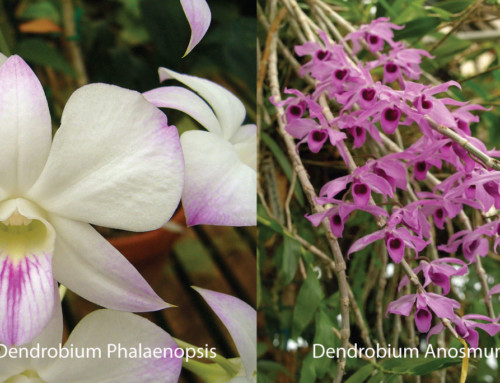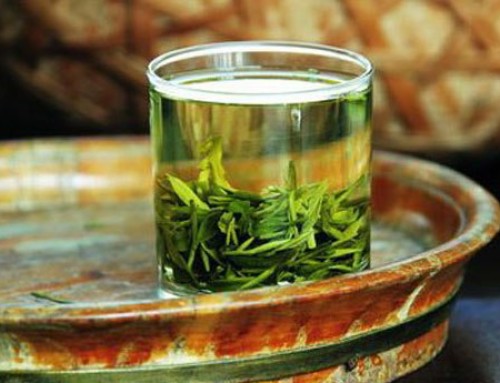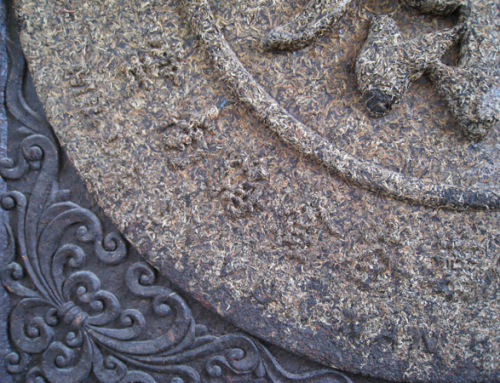During my trip to Beijing in 2012 I fell in love with Chinese tea culture. I had long understood the health benefits of green, oolong, and puerrh, but I had not experienced the ceremony nor the quality of tea until that trip. Unfortunately I was not as tech savvy so I do not have video of the ceremonies or many pictures, but my favorite teahouse was the Confucious Teahouse across the street from the ancient Confucius Temple in Beijing. The teahouse is also next door to a vegetarian Buddhist restaurant that is still one of my favorite restaurants in China.
On this trip my experience of Chinese tea deepened as I discovered a few other jewels:
West Lake Long Jing Tea 西湖龙井茶
I prefer the ceremony and fragrance of oolong tea, but I was still enamored with the fresh green tea Hangzhou is famous for. West Lake is a scenic area in Hangzhou and West Lake tea is traditionally served in clear glass so that one can appreciate the beauty of the unfurling leaves.
Chinese people prefer green tea (70% of tea produced in China is green tea). Of all the teas it is the most cooling (anti-inflammatory) and cleansing. Green tea is the least processed form of tea and is best fresh. Perhaps this why green tea was not popular in export markets until modern times.
Long Jing (Dragon Well) tea is perhaps the most popular type of green tea in China. Hangzhou attracts tourists from all over China in May to drink and buy the fresh Spring harvest. Chinese tea is divided into several types and subtypes. There are the basic tea categories: green, white, yellow, oolong (wu long), red, and black. These are further divided by tea plant varietal, region grown, and processing which affect the taste, health benefits, etc. of the tea. Long Jing is green tea grown on tea plants in Hangzhou and surrounding areas and processed the local way.
Wu Shan Spirit Tea 巫山神茶
Judith and I happened upon this tea in Fengdu Ghost City. Sweet iced tea was being sold as the symbol of the mythological forgetting tea souls would drink before crossing the bridge into the underworld. Later, when we visited with the local Wu Shan people (people of Mt. Wu), a minority ethnic group also called the Tujia people, we learned that this is their daily tea. It has the color of a Wuyi Rock oolong tea, but is very delicate with a sweet honey fragrance and taste. Our guide pointed to the old tea trees growing at the top of the mountains where the tea came from. She carried around a glass thermos with tea, as many Chinese do. Our guide, like many others, had been displaced from her ancestral home along the Yangtze River with the building of the Three Gorges Dam.
Sarah, our Wu Shan guide, knew and used over 200 Chinese herbs, brewed her own corn wine with herbs, and does tours up the mountains. She also speaks English and has a good sense of humor. I recommend her if you are in the 3 Gorges area. Her email is 15213545120[at]163.com. Please tell her I sent you.










